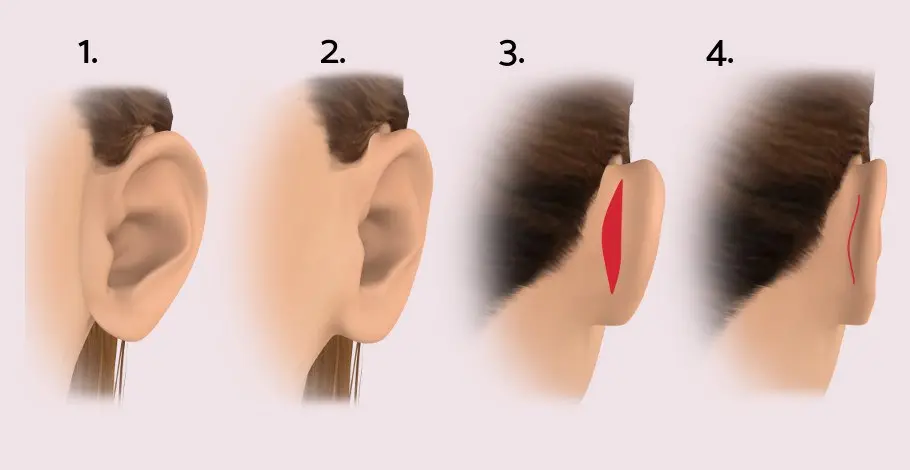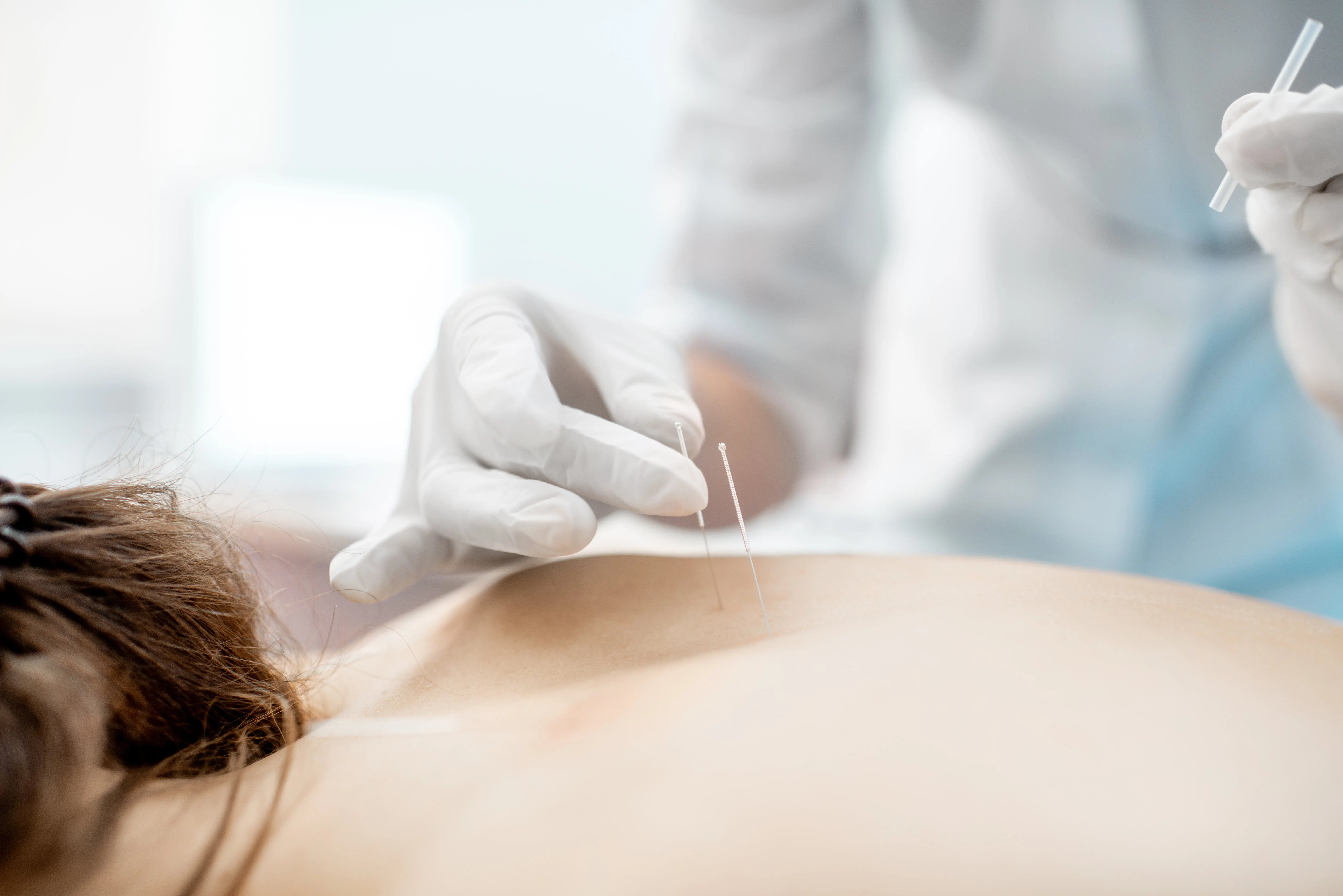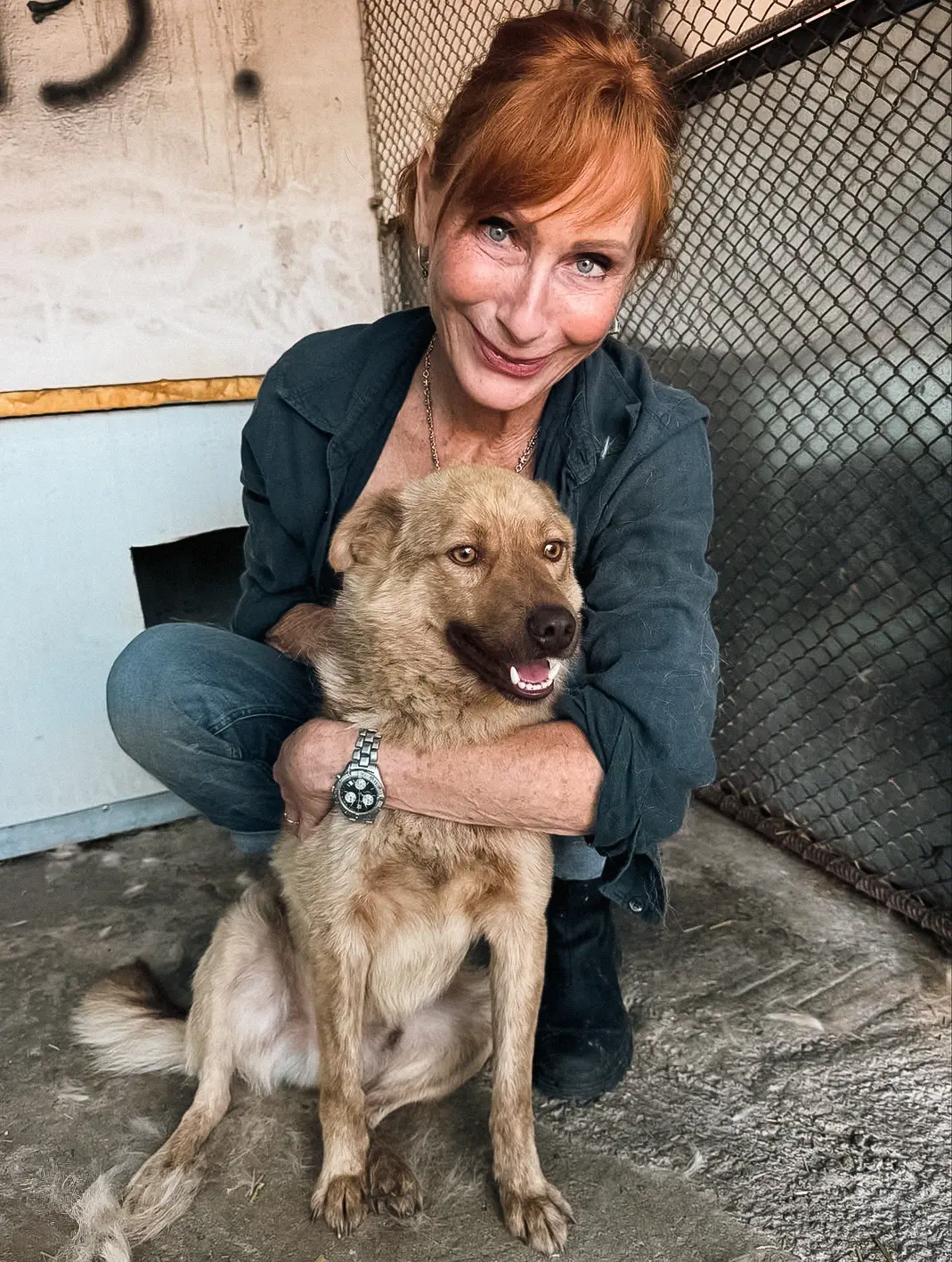Other Treatment Methods
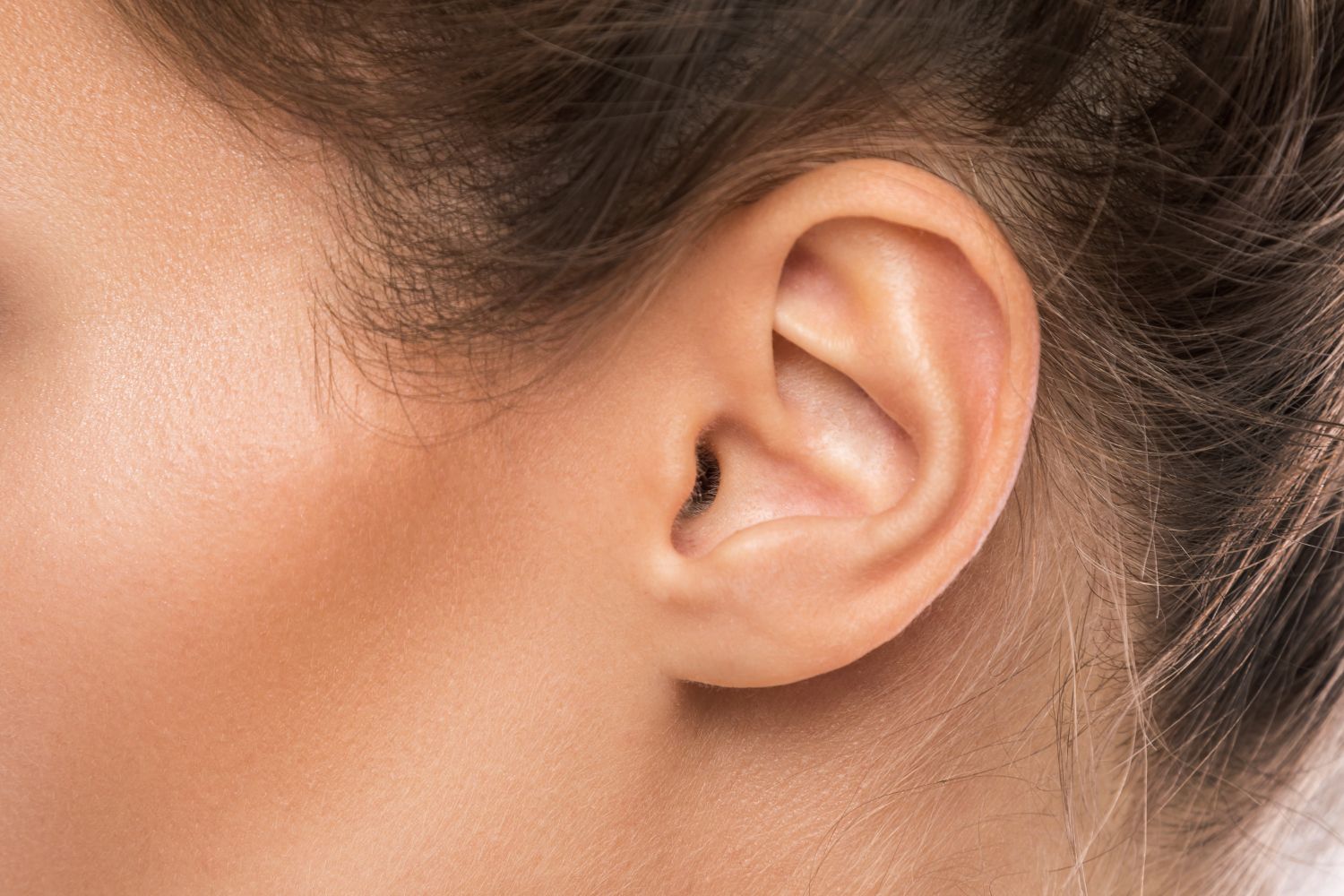
Ear correction
Many people primarily view ears as sensory organs. However, it's quickly apparent how ears are also perceived as an aesthetic feature, especially when someone has particularly small, noticeably large, or protruding ears. For individuals whose ear shape deviates significantly from their personal ideal, there often arises a desire for ear correction.
While parents often consider a procedure if their children's ears stick out, earlobe surgeries are increasingly deemed relevant in adults. Earlobes transform throughout life and can become larger, sometimes due to wearing earrings.
Although the procedure is primarily cosmetic, it especially helps children alleviate psychological distress caused by curious looks or teasing. As a result, adult patients come closer to their ideal image and report positive changes in their self-confidence.
Ear correction - an aesthetic procedure
Ear correction (otoplasty) is possible from preschool age and can permanently improve appearance. For adult surgeries, different details must be considered compared to procedures in childhood.
Below you will find information about the ear correction process and general post-treatment advice.
Before the operation
Inform your surgeon about all medications you regularly take. Aspirin and other blood-thinning medications must be discontinued at least seven days before the surgery.
Procedure of Ear Correction
Ear correction can usually be performed on an outpatient basis. For young children, a procedure under general anesthesia is recommended. Older children and adults are usually operated under local anesthesia. They will also receive sedatives that put them into a kind of twilight sleep. The ear correction takes one to two hours. Through an incision at the back of the ear, the ear cartilage is adjusted and sutured. The surgeon may remove parts of the cartilage. Alternatively, the doctor can work on the ear cartilage with a special file, which he introduces through a small incision at the back of the ear. The cartilage is also fixed with sutures.
Risks of Ear Pinning
Complications rarely occur. As with any procedure, temporary swelling and bruising may occur. The wound may become infected. If the infection spreads to the ear cartilage, a scar may remain. If the ear tips forward again, the procedure can be repeated.
After the Operation
A turban-like headband protects the operated ear. After a week, it can be replaced with a lighter, elastic bandage (headband) (possibly a bit earlier for adults). In the first month, the ear must not be bent or stressed. Try to avoid earrings and glasses. Wear a firm headband or nightcap at night for four to six weeks. Adults are able to work again a few days after the procedure. Children can return to school after a week. A scar remains at the back of the ear from the operation, which usually fades over time.
Other Treatment Methods in this Department
Experts for this Treatment Method

- Aesthetic Surgery & Dermatology
Dr. med. Anna-Theresa Lipp
PANTEA – Privatpraxis für Plastische & Ästhetische Chirurgie und Lipödem-Chirurgie
- Aesthetic Surgery & Dermatology
Dr. med. Christian Schrank
Ästhetik am Ammersee / Privatklinik Dr. Schindlbeck
- Aesthetic Surgery & Dermatology
Dr. med. Elisabeth Zott-Schuhmachers
Meine Haut München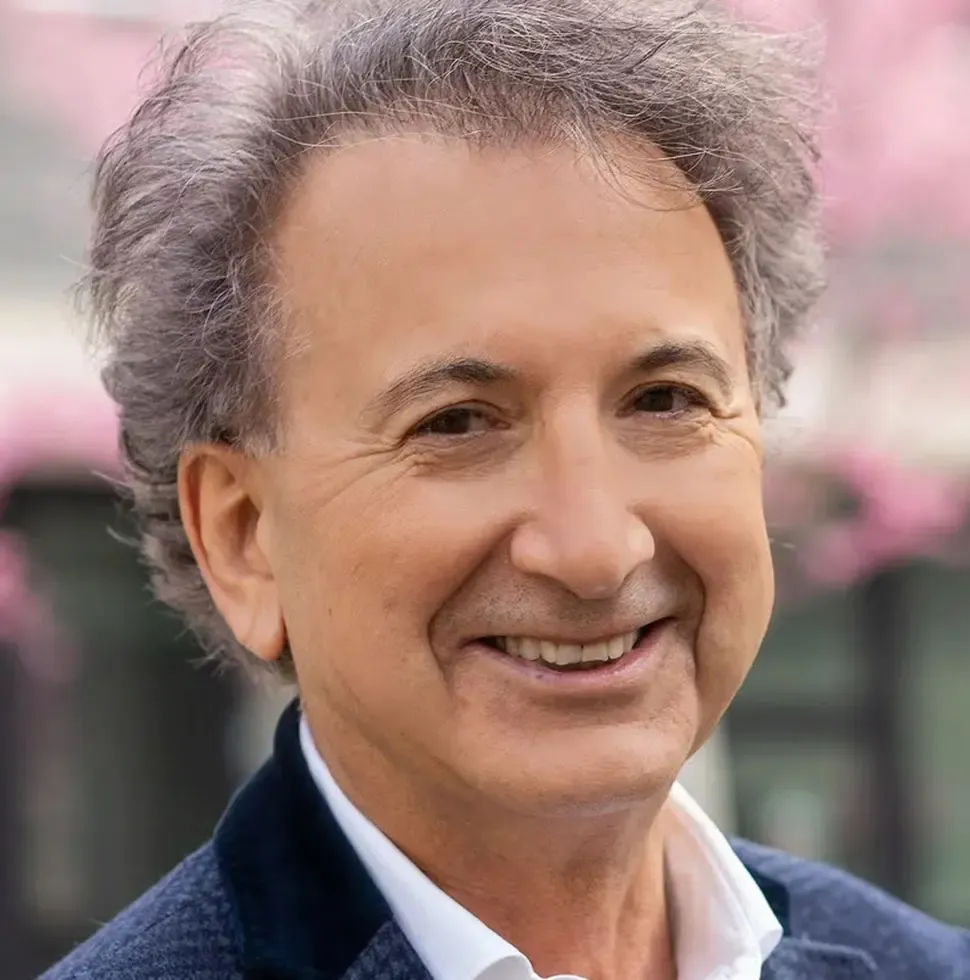
- Aesthetic Surgery & Dermatology
Dr. med. Savas Uckunkaya
Praxisklinik im Haubrichforum
- Aesthetic Surgery & Dermatology
Dr. med. Michaela Montanari
Plastische und Ästhetische Chirurgie
- Aesthetic Surgery & Dermatology
Dr. med. Caroline Kim
Praxis für Ästhetische und Plastische ChirurgieAll Experts in this Department
Show All
- Aesthetic Surgery & Dermatology
Dr. med. Anna Brandenburg
Dermatologische Privatpraxis Dr. Anna Brandenburg
- Aesthetic Surgery & Dermatology
Prof. Dr. med. Johannes a. Veit
Nasenchirurgie München
- Aesthetic Surgery & Dermatology
Dr. med. Hanna M. D. Halter
Derma Marienplatz
- Aesthetic Surgery & Dermatology
Dr. med. Anette Zimpfer-Keese
Dres. Zimpfer/Zimpfer-Keese MVZ
- Aesthetic Surgery & Dermatology
Dr. med. Daniel Thome
aesthetic and soul
- Aesthetic Surgery & Dermatology
